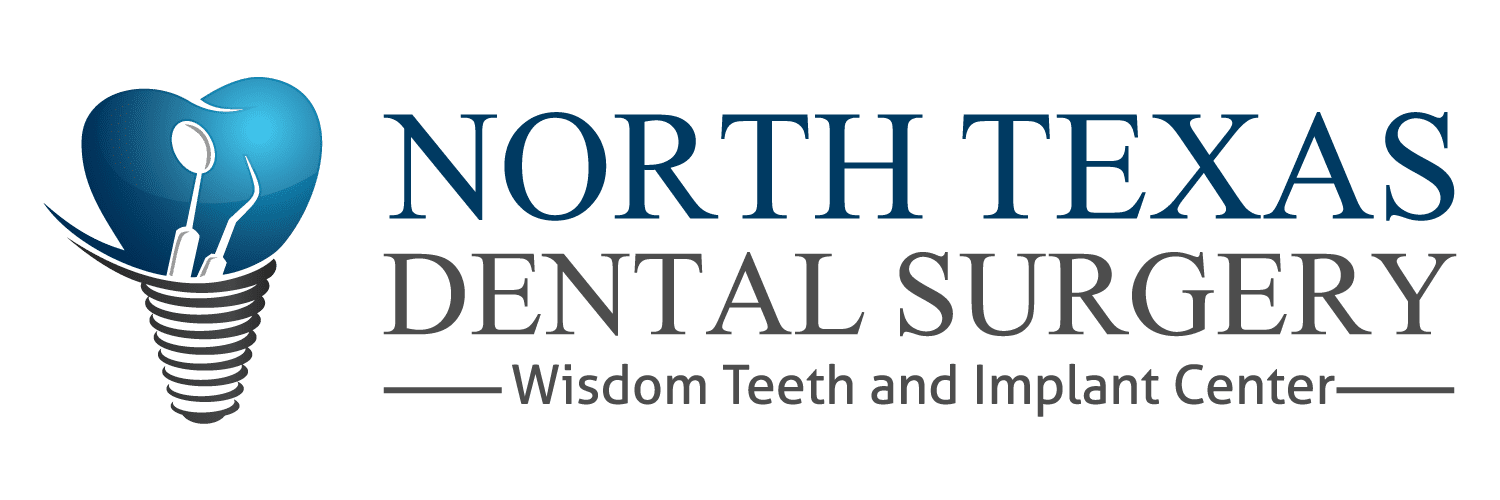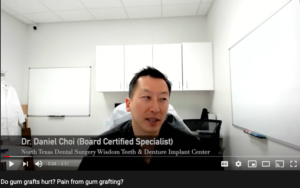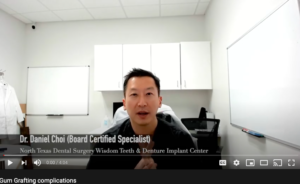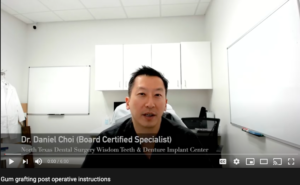Gum Graft Donor Tissue
Alloderm is the name of a brand of gum graft donor tissue from a company named Biohorizons. Because it was the first company to introduce gum graft donor tissue for gum grafting purposes, many periodontists and patients have come to generalize all gum graft donor tissue and call it alloderm. Today, there are many different companies that have products similar to alloderm but people still typically call all the other products alloderm.
Why consider gum graft donor tissue?
Donor tissue can be a great option but why should you consider it in the first place?
- Are you worried about pain from the procedure? Most people opt for donor tissue because they’re fearful of the pain that may come with using their own tissue from the roof of their mouth. There is definite legitimacy in this concern. Pain levels vary significantly with gum grafting so if you would like a predictable relatively pain free procedure, it may be a good idea to consider asking your periodontist to use alloderm.
- How many teeth need to be grafted? If you need many teeth in your mouth grafted and want to just get this procedure done once, then alloderm should definitely be considered. If you use your own tissue, the most teeth you can typically graft at once would probably be somewhere in the neighborhood of 7-8 teeth. With alloderm, you could graft every single tooth in your mouth in one sitting!
Why NOT consider gum graft donor tissue?
Alloderm may not be best to use on all cases of receding gums. As with anything else in life, there are certain instances where alloderm may not work the best.
- How much bone loss do you have? – The amount of bone you have between your teeth (interproximal bone) will dictate how successful your gum graft will be. The interproximal bone is the blood supply for the procedure and therefore the more bone you have, the more likely you will have a better result. The less bone you have, the less likely you are to have a good result.
- How thin are your gums? If your gums are very thin, then using alloderm may not be in your best interest. Alloderm is best to use when your tissues are thicker.
- How deep is your vestibule? If the floor of your mouth (vestibule) is shallow, then your gums will have more tension on them when they attempt to pull your gums up for your gum grafting procedure and therefore will be more likely to fail.
Additional Tips when using gum graft donor tissue
Alloderm is an avascular dermal matrix. It is not as resilient as using your own tissue so it’s important that you choose a periodontist that is very good at using it. Also, you must make sure that you are a good candidate for it. It’s not for everybody and its not as versatile as your own tissue. Ask your periodontist what he/she thinks about using alloderm with emdogain. Studies and clinical results have shown the combination of alloderm and emdogain to be very effective in treating recession defects.
In summary:
- Consider using alloderm or gum graft donor tissue if you’re worried about having pain from the roof of your mouth or you have many teeth that you need to have grafted at one time.
- Alloderm is not for everybody. If you have too much bone loss between your teeth or your gums are too thin, then you may not be a good candidate for alloderm
- Make sure you choose a periodontist who has a lot of experience using alloderm. It is a very technique sensitive procedure and a very technique sensitive product. Alloderm allows you to have great results at minimal discomfort but it’s not easily done.
- Consider using emdogain when having gum graft donor tissue. The combination of emdogain allows you to have a much better result.




